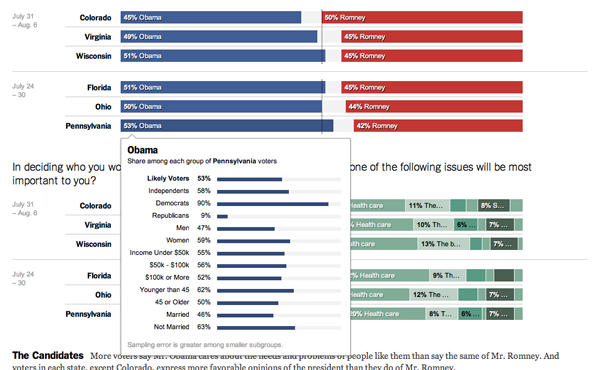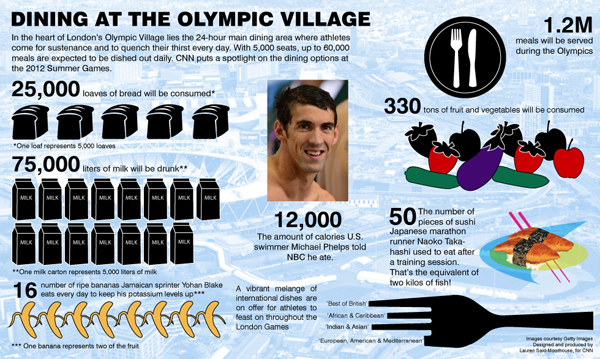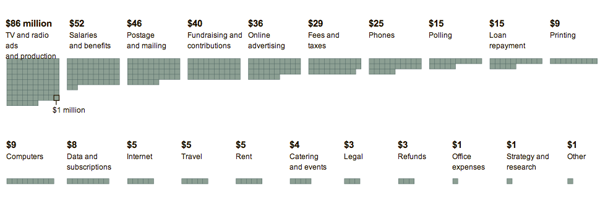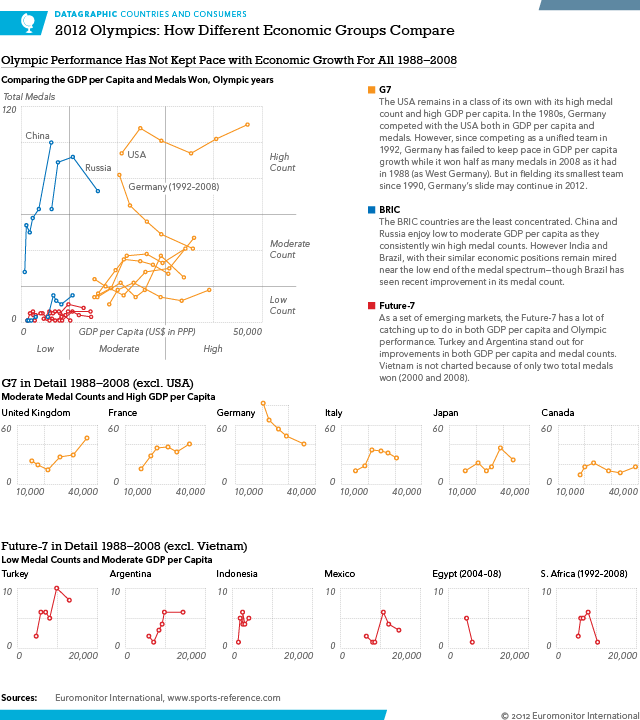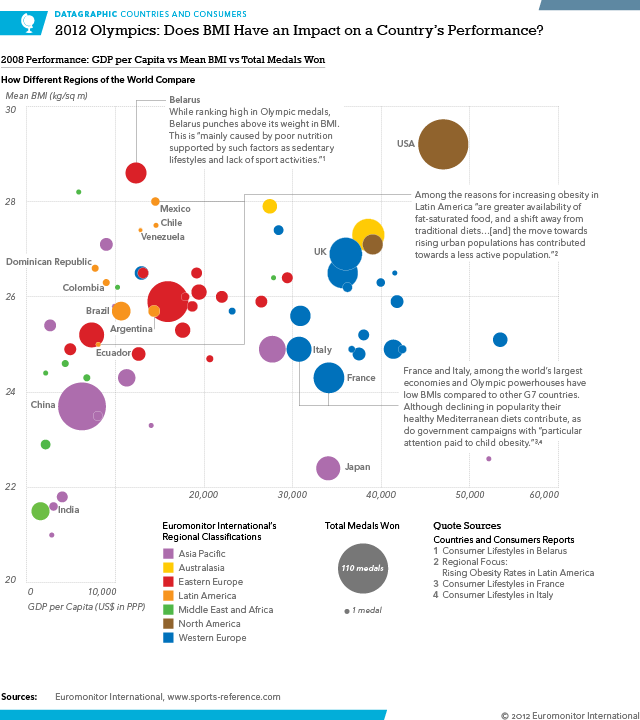So the Olympics are over. But before they began, I and some co-workers made a prediction about how the United Kingdom and their Team GB would perform. We predicted 65 medals. How did the United Kingdom fare? They won 65 medals. This is a follow-up infographic about what made the United Kingdom a winner at the 2012 Summer Games. It’s a bit larger than the first version, but this one also includes new data and revisits some of the earlier themes.
Another important (and correct) prediction was that China would slip and not reach 100 medals. This should happen after experiencing the host nation bump. While we did not create a number for China, they scored only 87 medals. Another correct prediction.
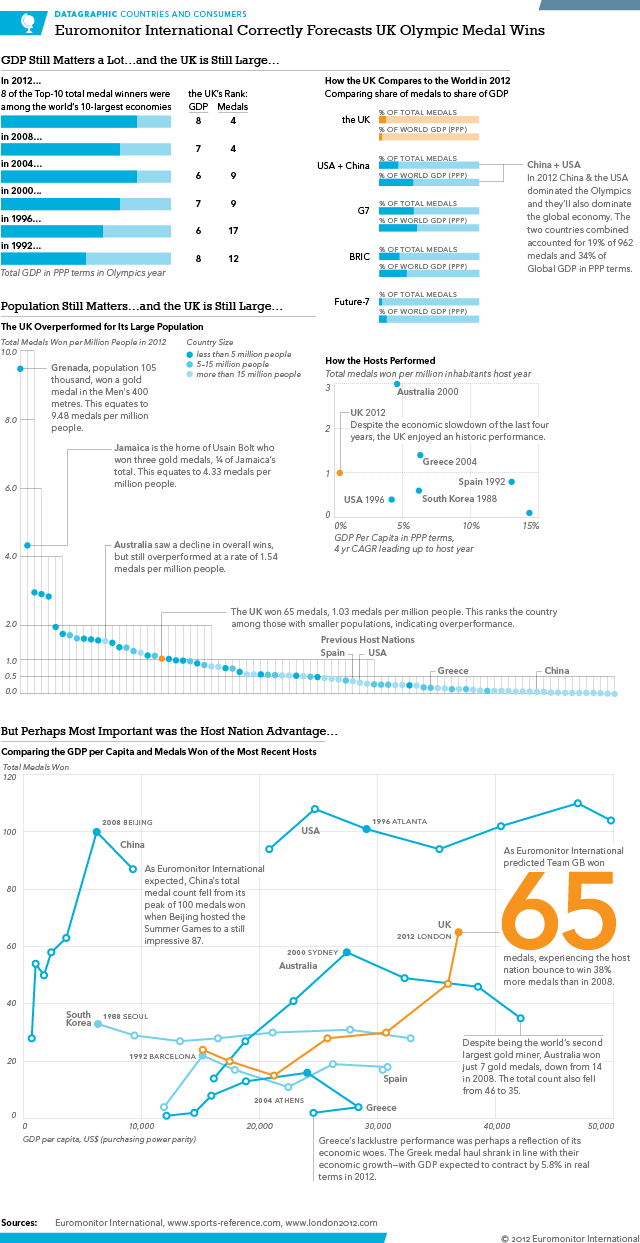
All in all a very successful series. (Created for my employer Euromonitor International, as the usual disclaimer goes.)

